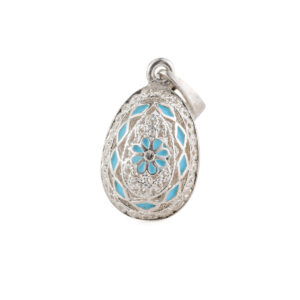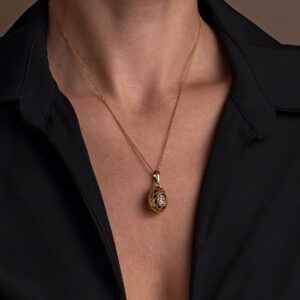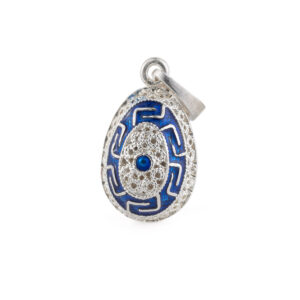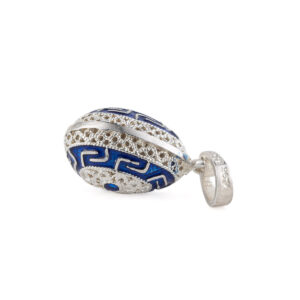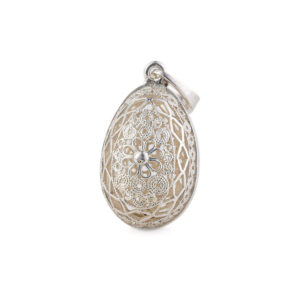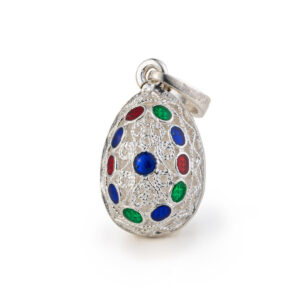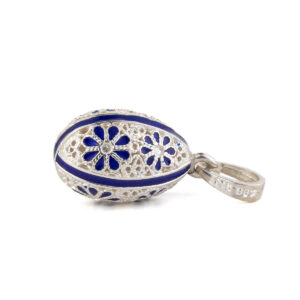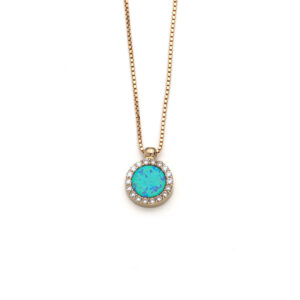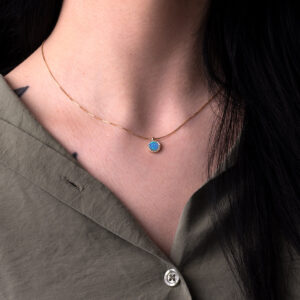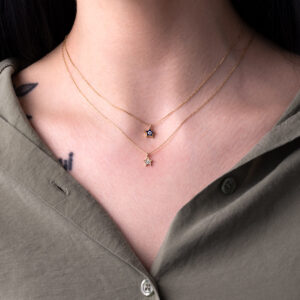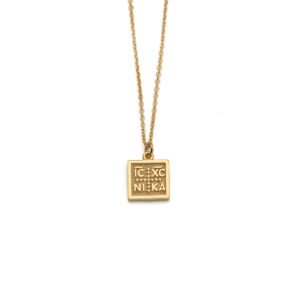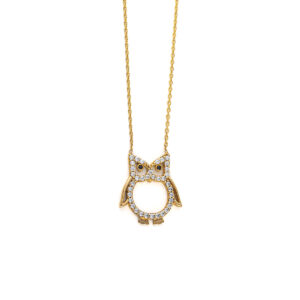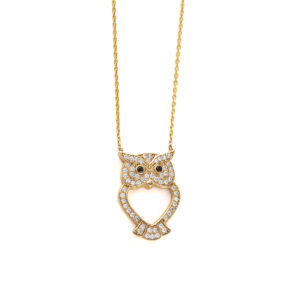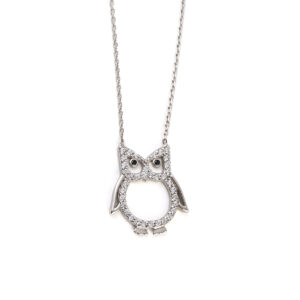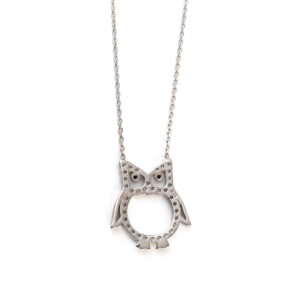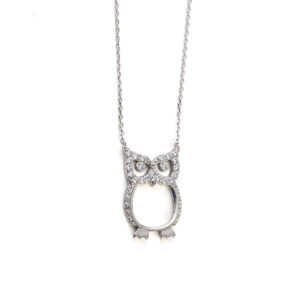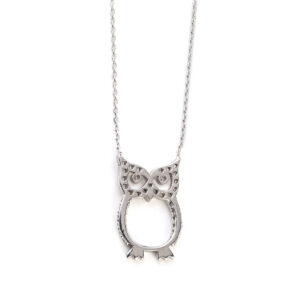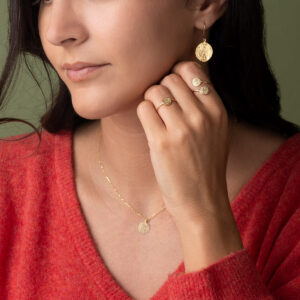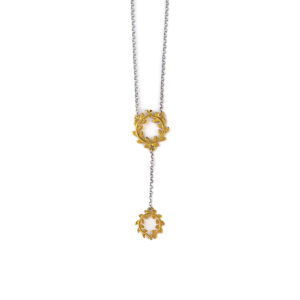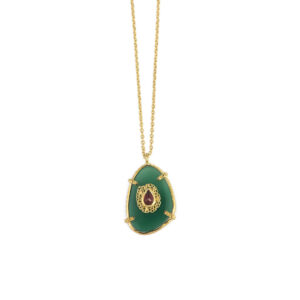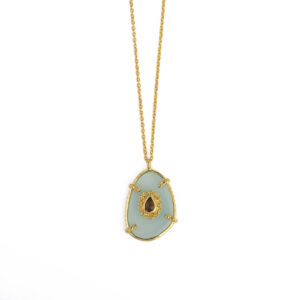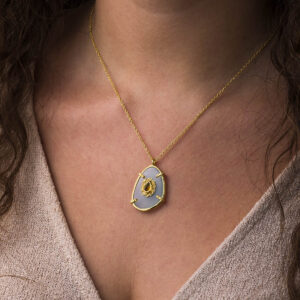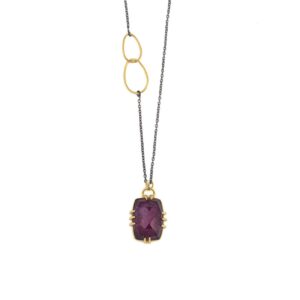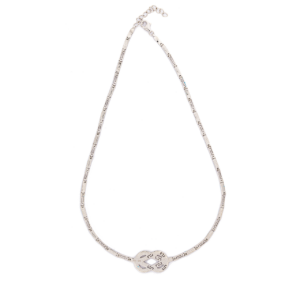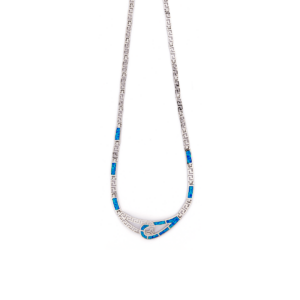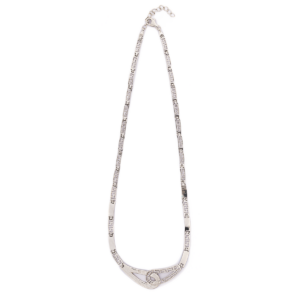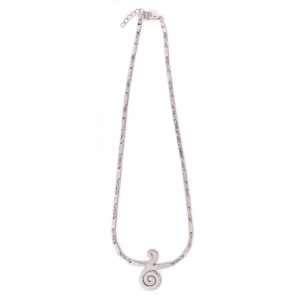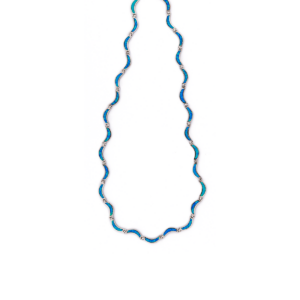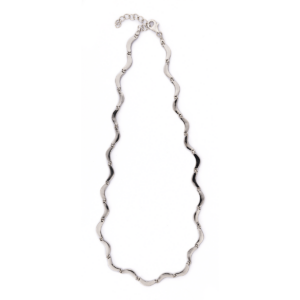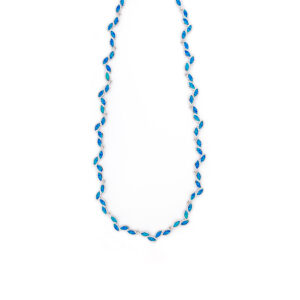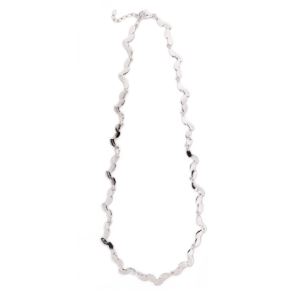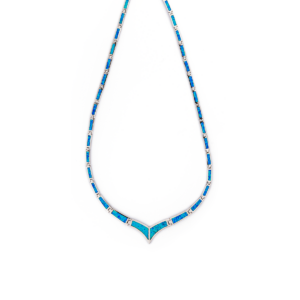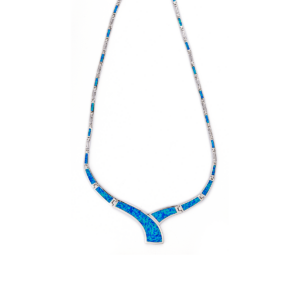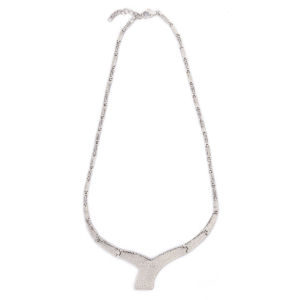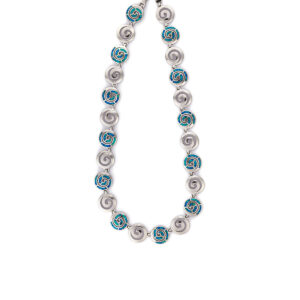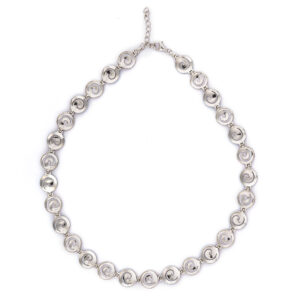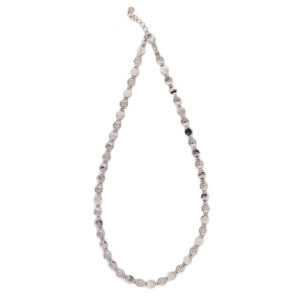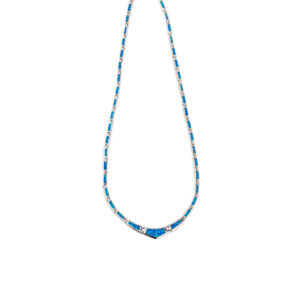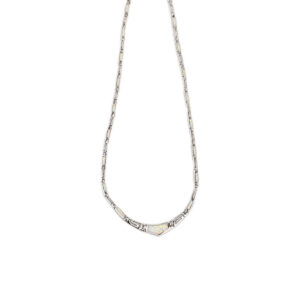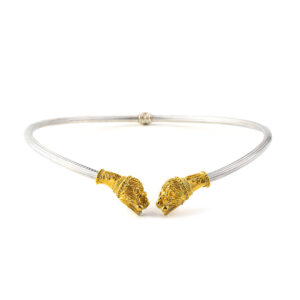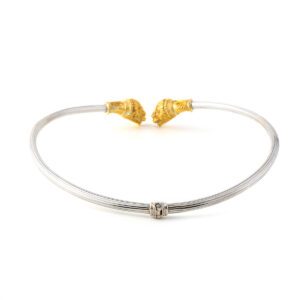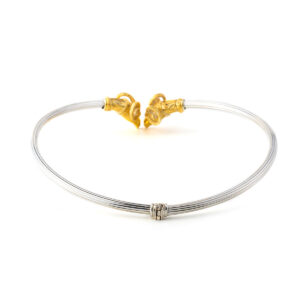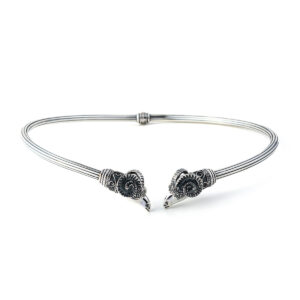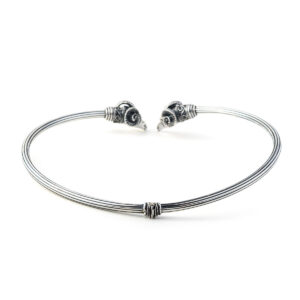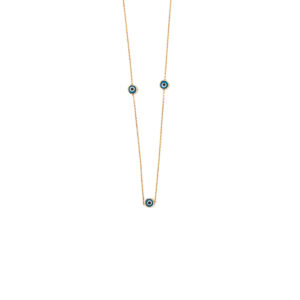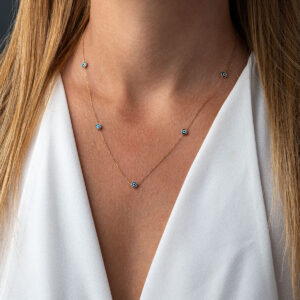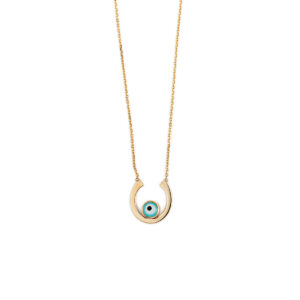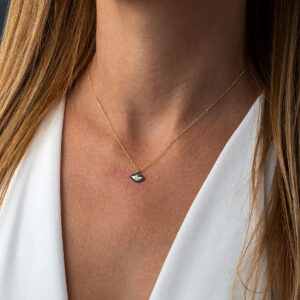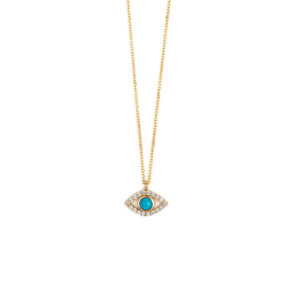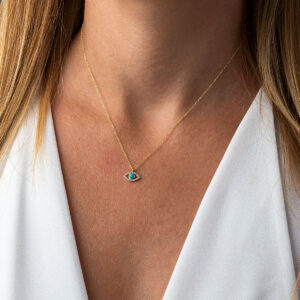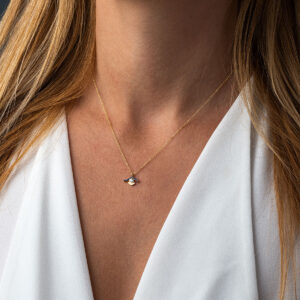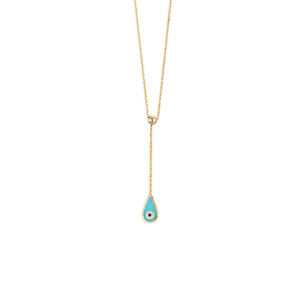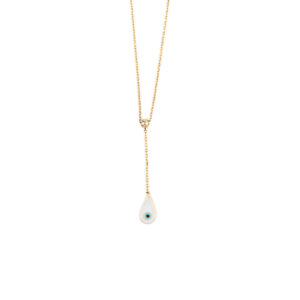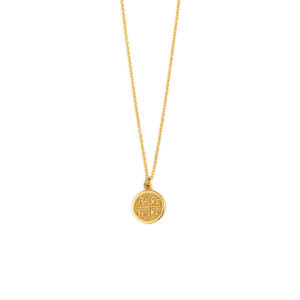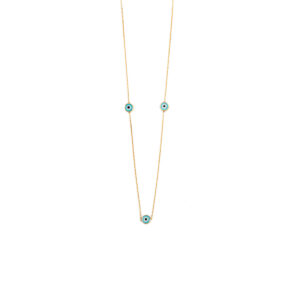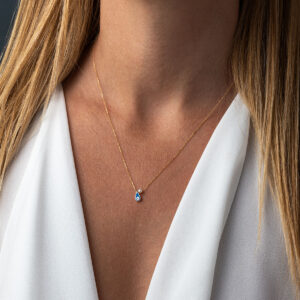Το προϊόν “Rosette Necklace – sterling silver and gold plated” έχει προστεθεί στο καλάθι σας. Καλάθι
Βλέπετε 241–288 από 467 αποτελέσματαSorted by latest
Ταξινόμηση ανα
Υλικό
- ροζ χρυσό επιχρύσωμα (6)
- 14k χρυσό και ασήμι 925 (3)
- ασήμι 925 (311)
- χρυσό (122)
- σμάλτο (78)
- επίχρυσο (180)
Design
- Αμφορέας (6)
- Αυγό (37)
- Ήλιος της Βεργίνας (1)
- Κουκουβάγια (2)
- Κριάρι (2)
- Κωνσταντινάτο (5)
- Λιοντάρι (2)
- Μινωικά (4)
- Μπουζούκι (6)
- Σπαρτιάτικα (1)
- Τσαρούχι (3)
Coin
- Αλέξανδρος ο Μέγας (5)
- Ηρακλής - Τετράδραχμο (1)
- Θεά Αθηνά (9)
Πολύτιμος λίθος
- amazonite (4)
- amethyst (3)
- apatite (4)
- aqua chalcedony (1)
- aquamarine (6)
- black zirconia (1)
- blue topaz (8)
- chalcedony (1)
- chrysocolla (1)
- chrysoprase (1)
- coral (2)
- crystals (16)
- diamond (1)
- emerald (1)
- fildisi (4)
- ganade (1)
- garnet (1)
- geen onyx (1)
- glass engaving (3)
- golden yellow crystal (16)
- green copper (1)
- green peridot zirconia (1)
- labradorite (19)
- lapis lazuli (9)
- light champagne zirconia (1)
- london blue topaz (1)
- malachite (1)
- moonstone (2)
- mother of pearl (25)
- multi stone (1)
- olive green crystal (16)
- onyx (2)
- opal (17)
- pariba (2)
- pearl (10)
- peridot (1)
- peridot green crystal (16)
- pure white crystal (16)
- quartz (2)
- rhodolite violet crystal (16)
- rose quartz (2)
- rose red zirconia (1)
- ruby (1)
- sapphire (1)
- sodalite (1)
- spinel blue crystal (16)
- swarovski (3)
- tanzanite (2)
- tiger eye (17)
- topaz (2)
- tourmaline (9)
- turquoise (5)
- white zirconia (20)
- zircon (71)

